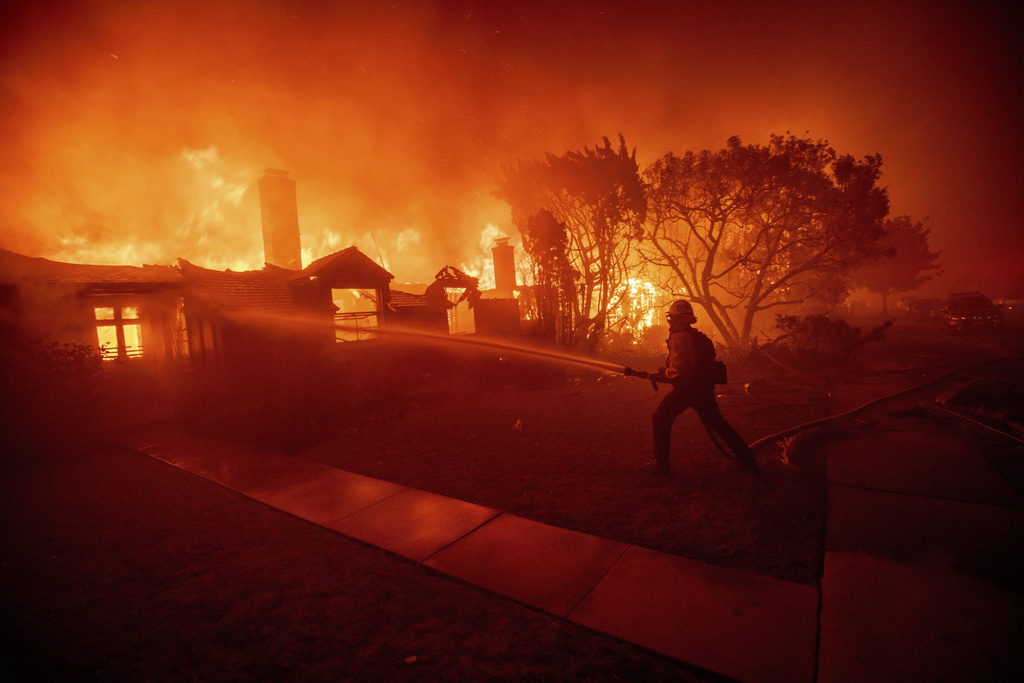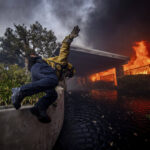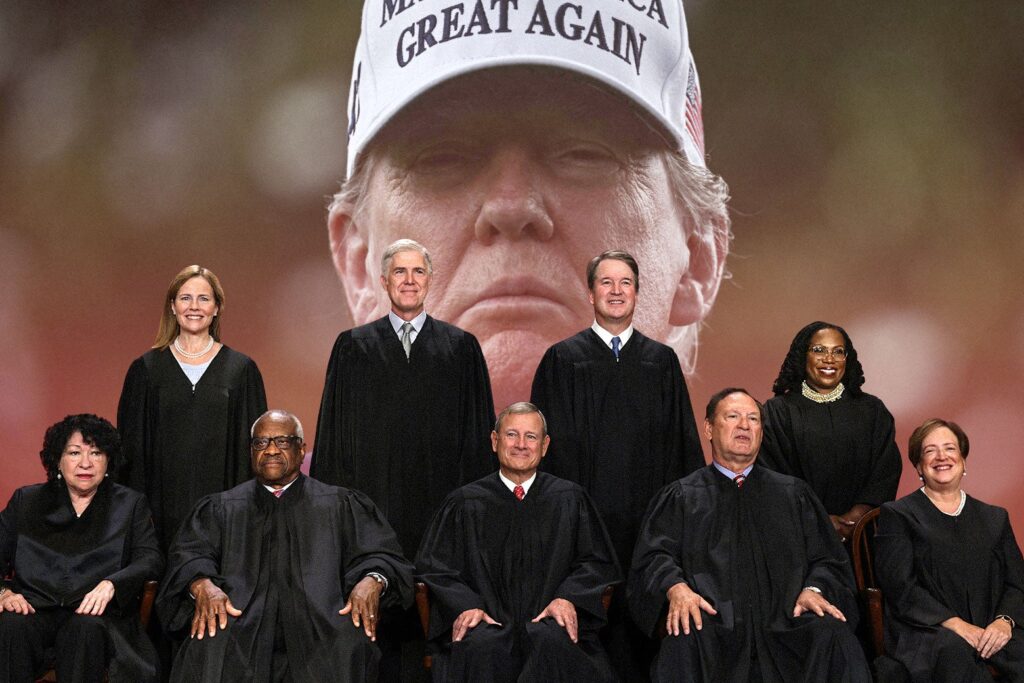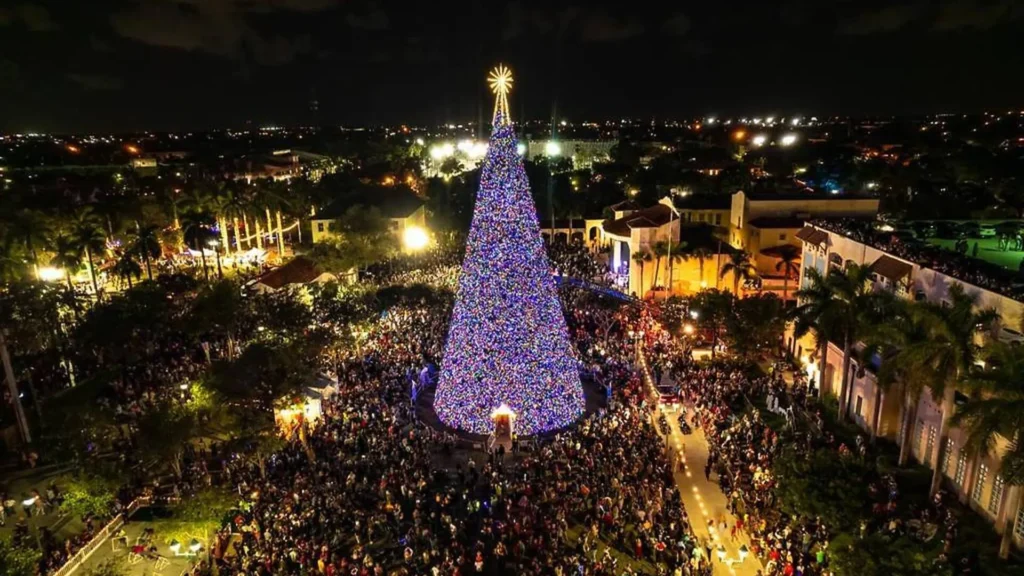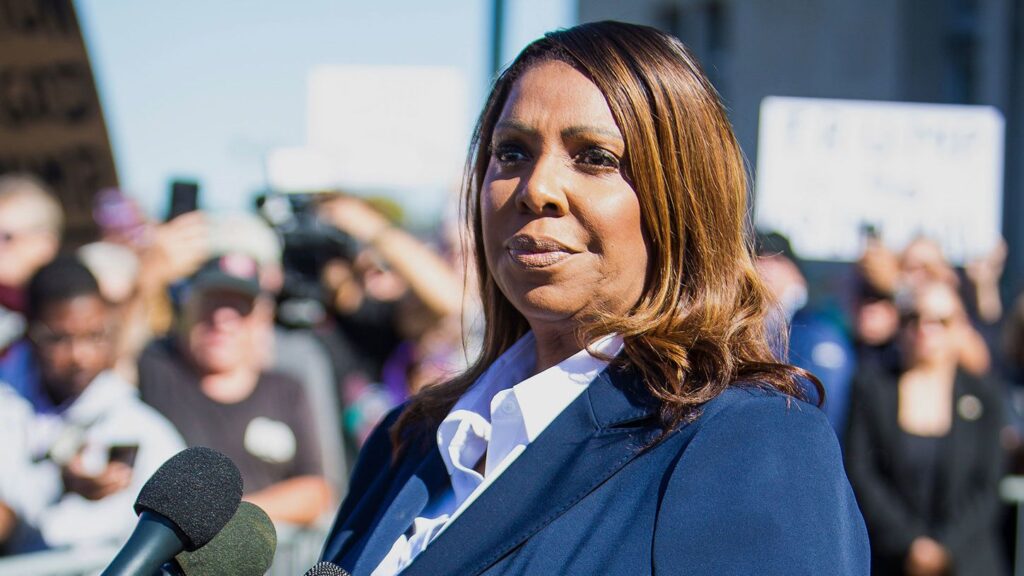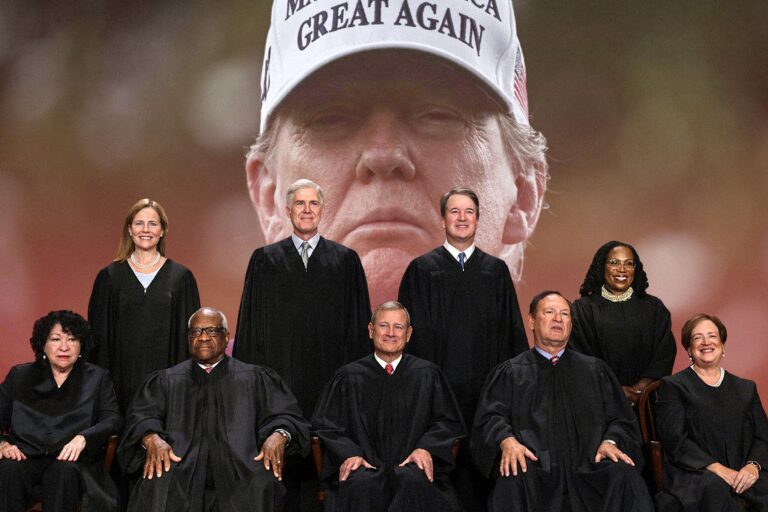A devastating wildfire swept through the upscale Pacific Palisades neighborhood in Los Angeles, forcing thousands to flee their homes. The blaze, which erupted on Tuesday, consumed over 3,000 acres of land, destroying multimillion-dollar homes and sending panicked residents running for their lives. Read More
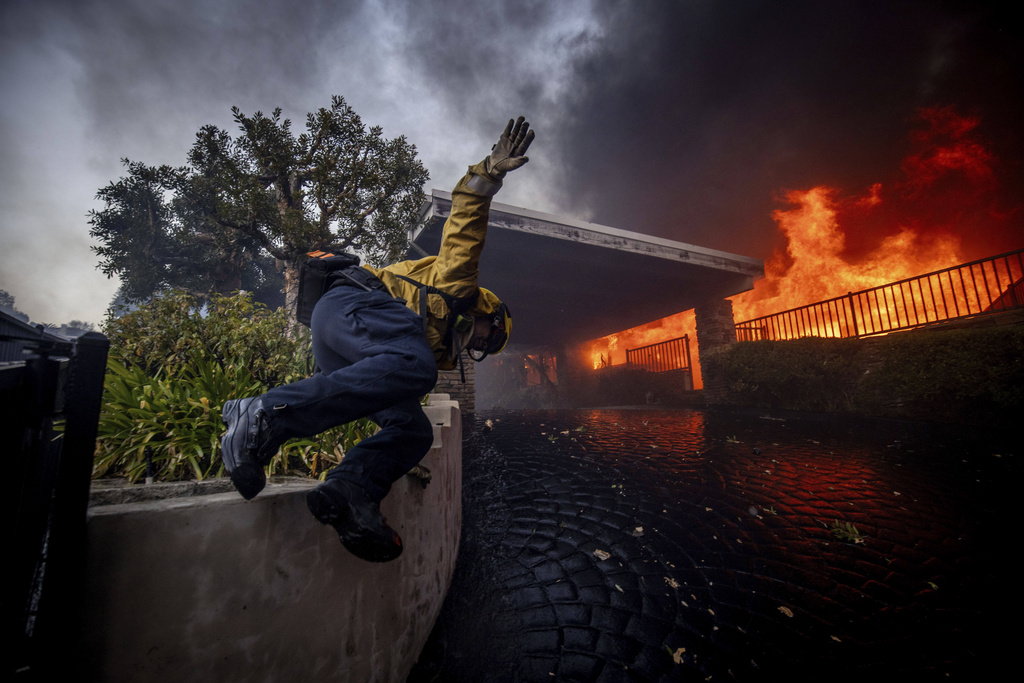
Strong winds, reaching hurricane-force levels, spread the fire rapidly, making it challenging for firefighters to contain. Despite the chaotic evacuation, no fatalities or injuries were reported, thanks to the swift response of emergency services.
#Pasadena | #California #Palisades #wildfire
🚨#BREAKING: Right now More than 100 people in a senior center are being evacuated as they are rushed across the roadways due to the extreme fire making its way. pic.twitter.com/KzaDUeKD0z— Latest Global Insights (@LatestGLobenews) January 8, 2025
The fire broke out mid-morning, catching many residents off guard. Those who managed to escape described scenes of chaos, with flames engulfing homes and hot ashes raining down on the community.
“I saw the fire explode in size as I was fleeing,” said evacuee Kelsey Trainor. “There were flames on both sides of the road, and it became gridlocked. No one knew what to do.”
The wildfire came as the region was experiencing severe Santa Ana winds, which forecasters warned could develop into the worst windstorm in a decade. The strong winds made it difficult for firefighters to control the blaze.
President Joe Biden approved federal aid to help California tackle the wildfire, while Governor Gavin Newsom praised the president’s swift response.
The wildfire highlights the growing threat of wildfires in the US West, exacerbated by human-caused climate change. Southern California’s unique weather patterns, marked by drought and explosive vegetative growth, have created a tinderbox of fuel, primed to burn.

